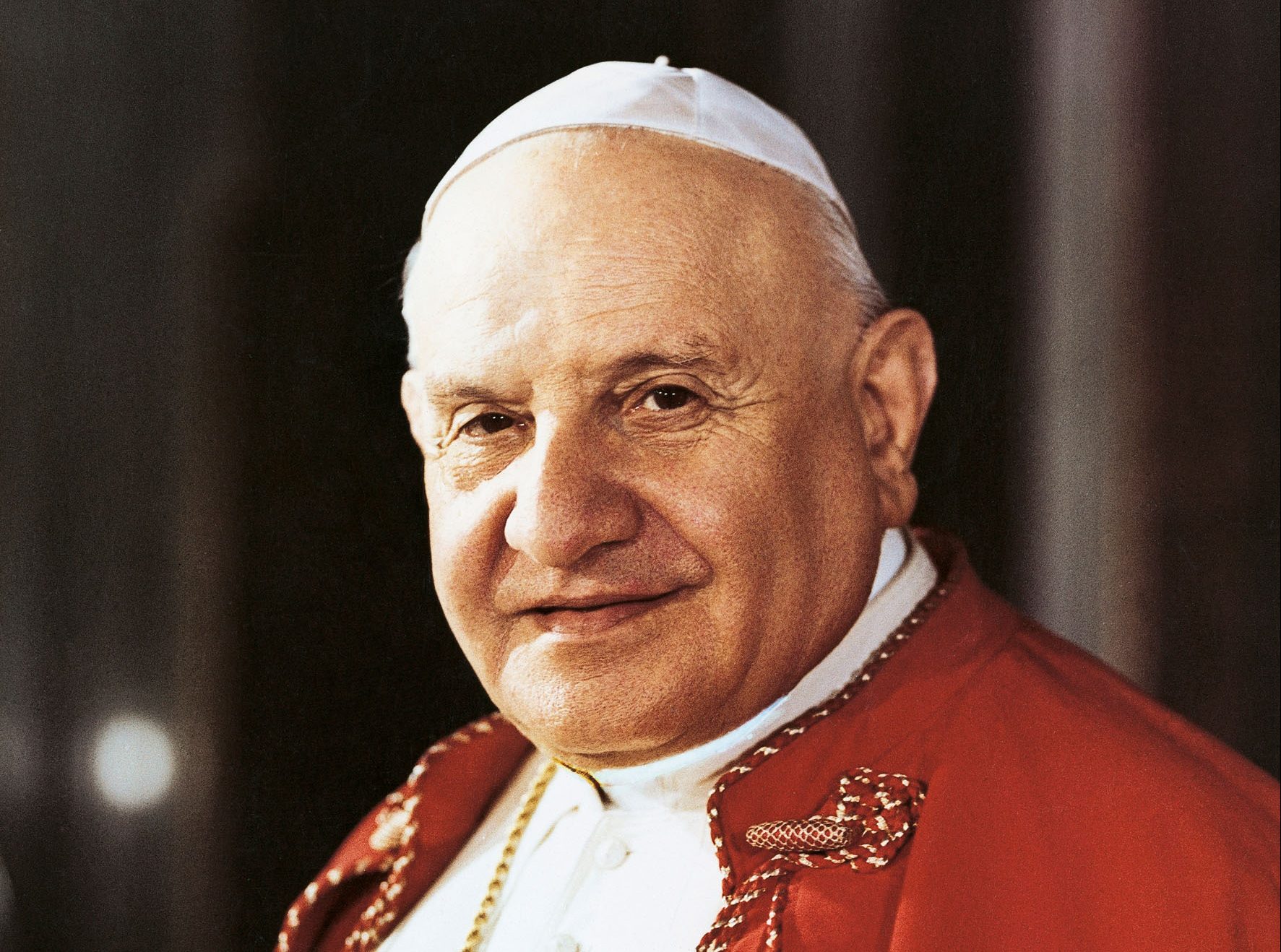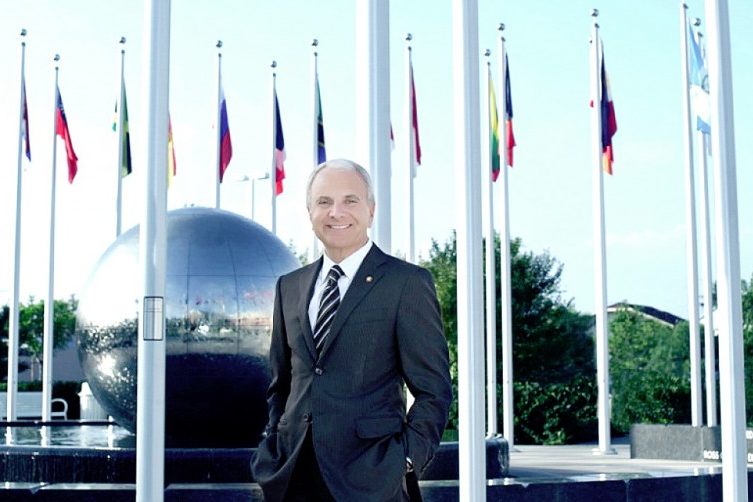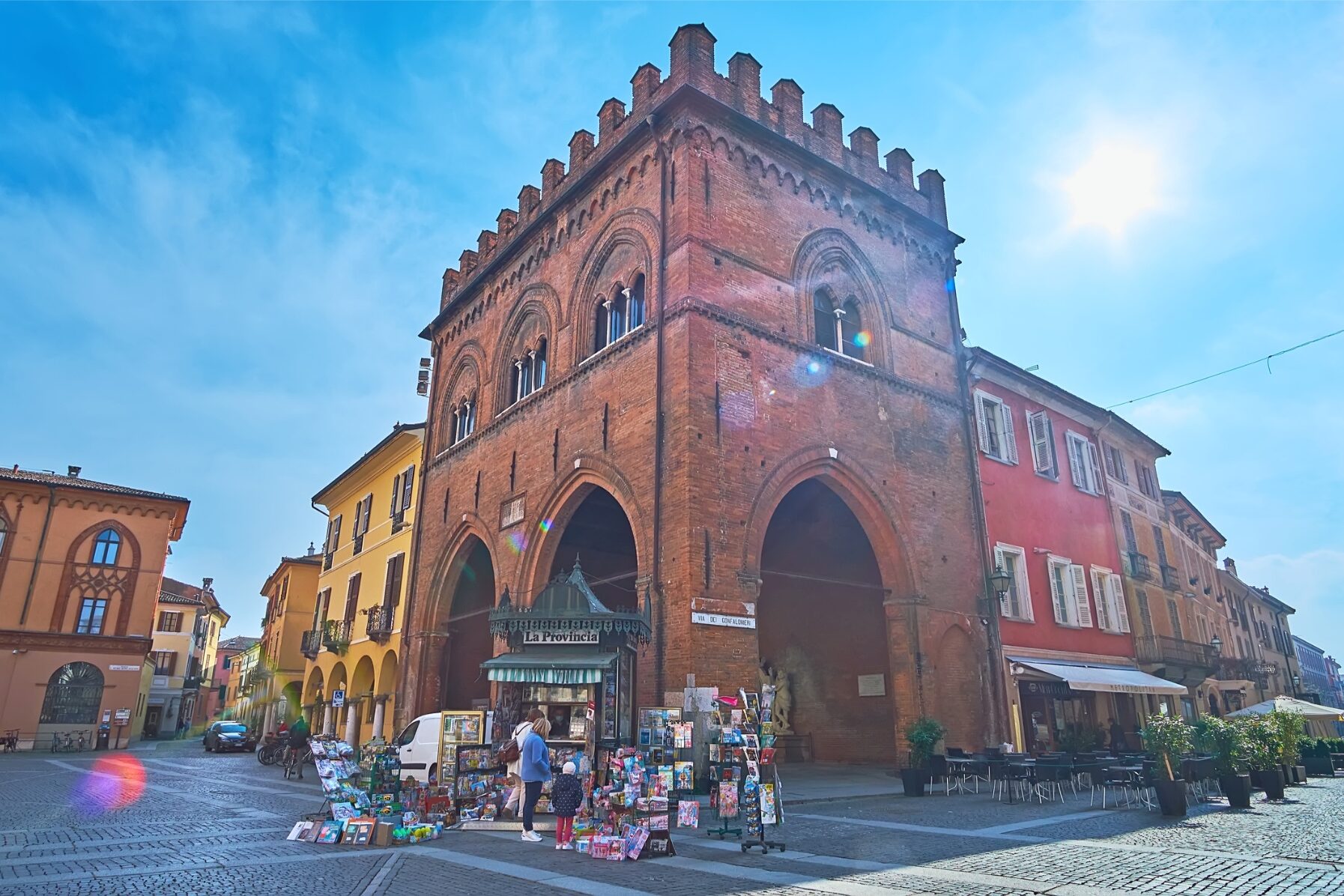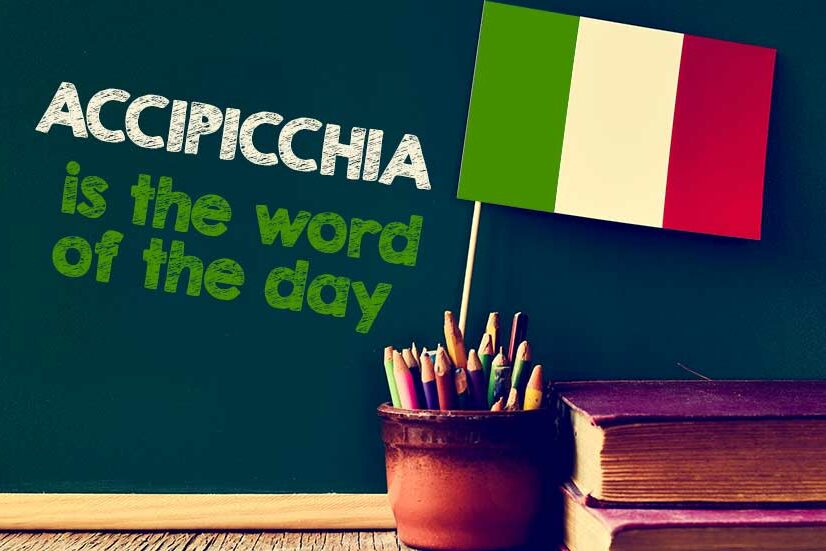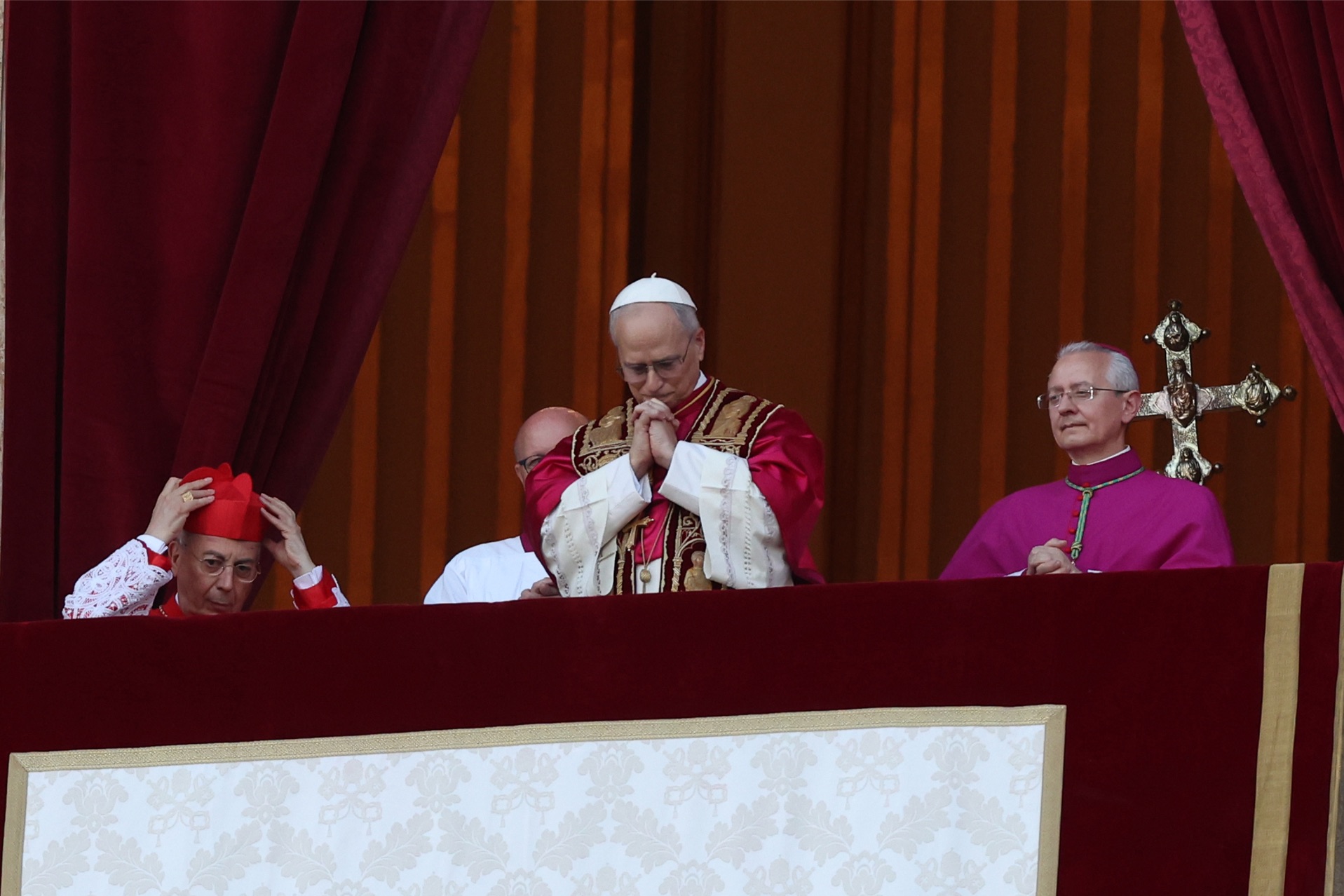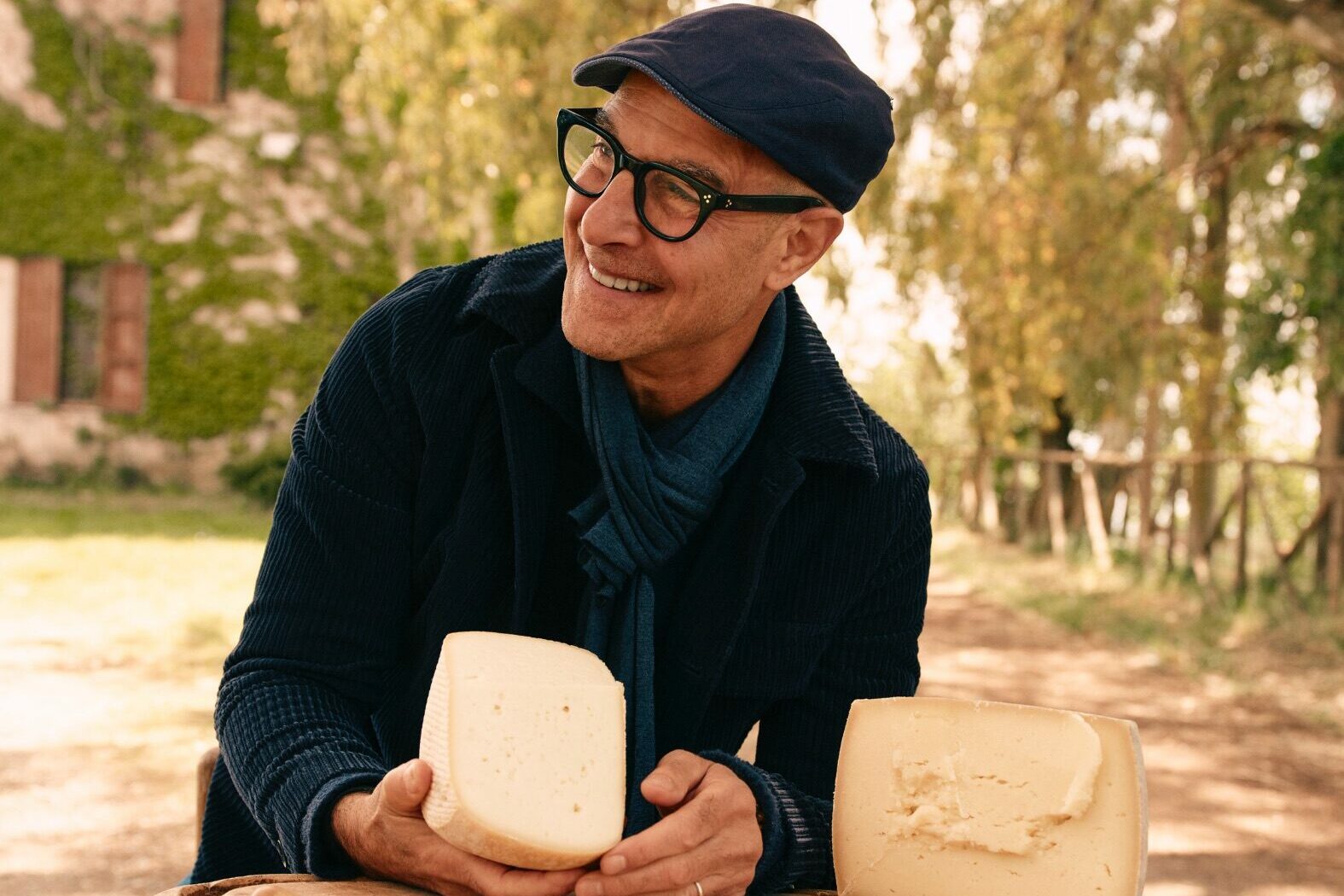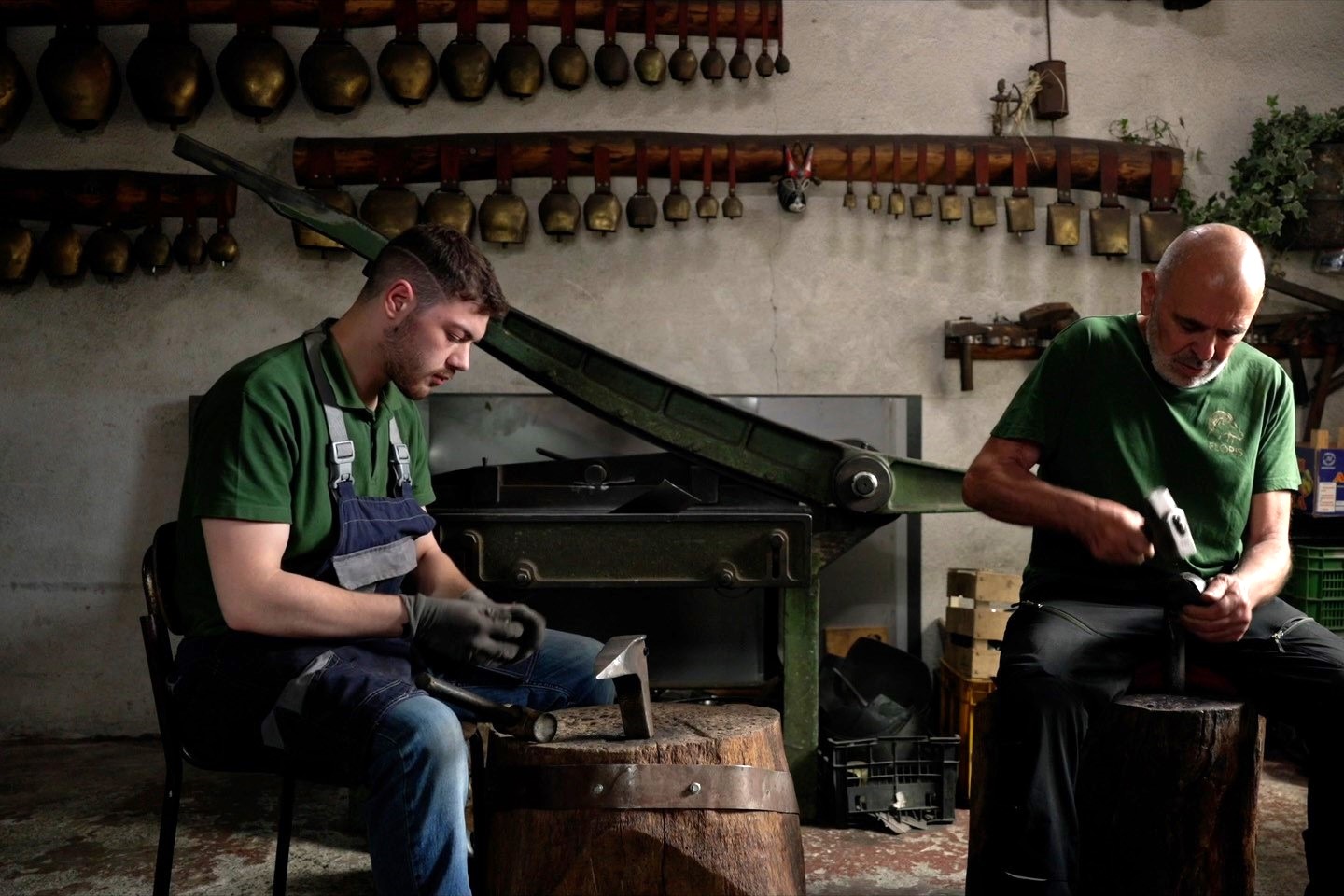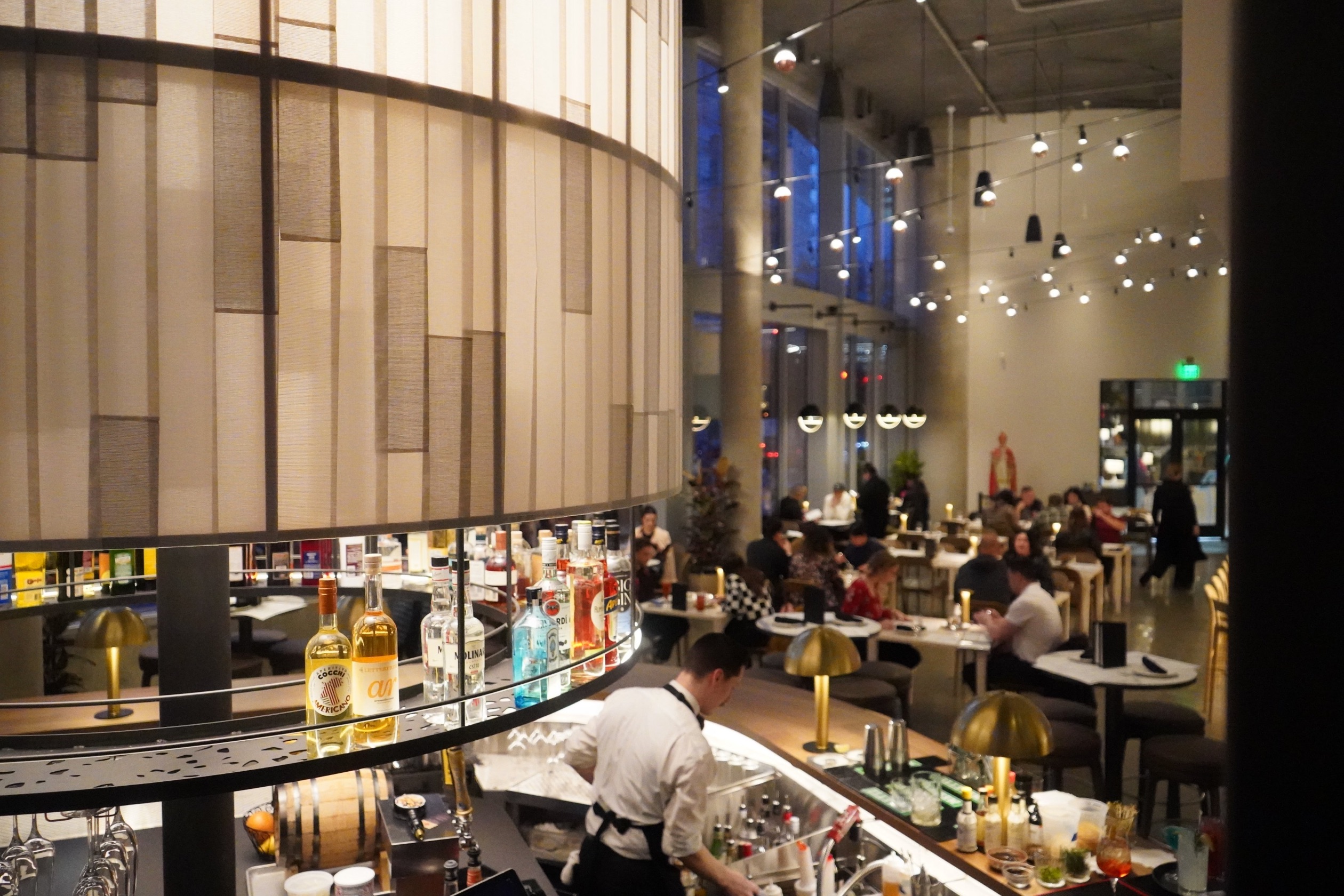Two of the most popular and beloved Popes in the history of Roman Catholicism, Blessed John XXIII and John Paul II, were declared Saints on April 27, 2014. Such a crucial moment in the spiritual life of millions couldn’t but become a global media event: thanks to modern technologies, the ceremony officiated by Pope Francis was broadcast on televisions and cinemas all over the world.
The Italian capital, and in particular the area around the Vatican, was crowded with about 800,000 pilgrims, local transportation was reorganized to meet the demand, and mega-screens were installed in the main squares.
The celebrations started on Saturday, when all the Catholic churches in the city center remained open to the faithful for prayers and confession. Then on the Sunday of the Divine Mercy – designated as such in April 2000 by Pope John Paul II himself – the canonization of Karol Józef Wojtyła and Angelo Giuseppe Roncalli took place in St. Peter’s Basilica at 10 am local time.
After the Holy Mass, the attendees were invited to enter the Basilica and pay homage to the two Saints. Political leaders and heads of State and Government were in attendance, including Italian President Giorgio Napolitano and Prime Minister Matteo Renzi, as well as former Pope Joseph Ratzinger.
As Pope Francis recalled, Blessed John XXIII was “holy, patient, and a man of courage.” He was referring in particular to the Second Vatican Council, formally opened by the Italian Pope in 1962, which brought about significant changes in the relationship between the Roman Catholic Church and contemporary society.
Among the institutional innovations introduced on that occasion were the openness to a dialogue with other religions and the use of vernacular languages instead of Latin in the Holy Mass. Pope Roncalli was beatified in the year 2000 by John Paul II, “the great missionary of the Church”, as Pope Francis has recently defined him.
The first Polish Pontiff in the history of the Roman Catholic Church, Karol Wojtyla also boasted the longest papacy after those of Pius IX in the 19th century and allegedly of St. Peter. He traveled the world gathering the faithful, mainly the young generations, but also testifying to the Church’s effort to connect with other faiths. After witnessing and dealing with radical phenomena, such as the Cold War and globalization, he died in 2005 and was beatified in 2011 by his immediate successor Pope Benedict XVI.
The decision to proclaim them Saints on the same day underlines once again their key role in shaping the 20th century, as well as their contribution to the renewal of the Catholic Church. The canonization of Blessed John Paul II was extraordinarily fast, and was approved by Pope Francis even before the ratification of the required second miracle. It is not unprecedented to have it waived – the last one to do so was John XXIII himself -, and in this particular case Karol Wojtyla was already and widely recognized as a Saint by the community of the faithful. Yet in the end his second miracle was revealed: the inexplicable – from a scientific point of view – healing of a Costa Rican woman who had suffered serious brain damage.
As confirmed by the impressive turnout and by the copious demonstrations of respect and appreciation towards the two Blessed, canonization was almost a formality, the crowning moment of a life of holiness.
